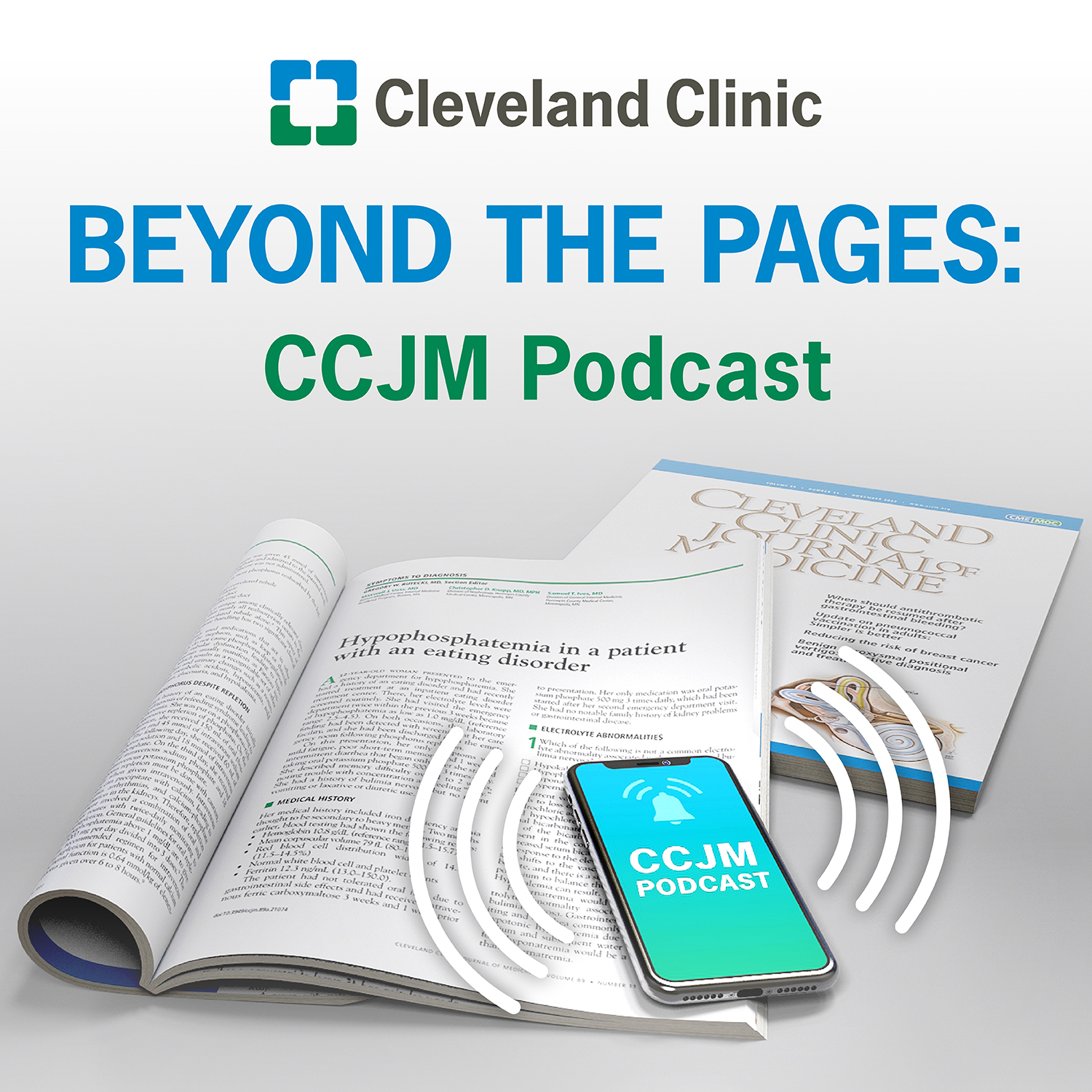Pulmonary Hypertension with Dr. Neal Chaisson

In this episode of the Medicine Grand Rounders, Dr. Chaisson goes over the pathophysiology, diagnosis and management of pulmonary hypertension. Moderated by Aniruddh Shah, MD.
Subscribe: Apple Podcasts | Podcast Addict | Buzzsprout | Spotify
Pulmonary Hypertension with Dr. Neal Chaisson
Podcast Transcript
Ani: We have a very interesting case to discuss today, however, before we dive into it, I would like to know how you define Pulmonary hypertension and Pulmonary Arterial Hypertension Dr. Chaisson.
Dr. Chaisson: We define PH as a mPAP of >20 mmhg as measured by a right heart catheterization. Based on the etiology or underlying disease causing PH, we attempt to classify patients in groups I - V (WSPA classification)
Pulmonary arterial hypertension or group I PH, is defined as mPAP >20mmhg, along with a pulmonary vascular resistance (PVR) >2 Wood Units and pulmonary arterial wedge pressure ≤15 mm Hg.
Ani: That brings us to our case. A 37 year old female, never-smoker, with no significant PMH, was referred to Pulmonary medicine by her PCP for worsening shortness of breath with exertion that started 1 ½ year ago. No other associated symptoms to report. Workup done by her PCP shows normal CBC and CMP, and a normal chest x-ray and EKG. She underwent an Echo as part of her workup which revealed a normal EF, no significant valuvlar disease, no WMA, but an RVSP of 50mmg hg. How would you approach a patient like this?
Dr. Chaisson:
These tests rule out some cardiac, lung conditions leading to DOE but her echo is highly suggestive of PH.
While assessing PH, we try to risk stratify patients as well as look for clues that could point towards the etiology simultaneously.
It’s always good to keep in mind the WSPH classification of PH groups I-V as we approach these patients.
We would start with the basics:
- Retake a detailed history including family, social and occupational history.
- The physical exam should encompass signs of PH and possible RV hypertrophy/failure, along with clues to underlying disease like CTD, HIV etc.
- Check for vitals including saturation at rest and on exertion, cardiac exam with loud S2 and parasternal RV heave, JVD, Hepatojugular reflux, extremities for edema/clubbing. Also check extremities for signs of Raynauds, pitting ulcers of the fingers, joint inflammation, skin changes. Abdomen exam for ascites, splenomegaly (underlying lymphoproliferative disease), hepatomegaly. Check for thyromegaly, neck circumference for OSA.
- Labs would include CRP, ANA, TSH, HIV, drug screen to start
- Imaging like chest X-ray, chest CT to rule out parenchymal lung diseases. Chest CTs with a PA/A ratio >0.9-1 with or without an enlarged RV. Pulmonary function tests to check for airway diseases.
- Echocardiogram to asssess for LV,RV function, RVSP and any valvular diseases.
Ani: For our patient lets say she is positive for her history of DOE, a loud S2, labs are all wnl, PFT with reduced DLCO but no signs of obstruction/restriction, and the previously mentioned RVSP 50mmhg. What would be next in her workup?
Dr. Chaisson:
At this point, it is reasonable to refer this patient to a PH center. A reasonable next step would be V/Q scan to rule out PE and CTEPH. If negative, an invasive test like a RHC would be able to confirm our PH diagnosis. It could also help classify into a PH group.
The RHC can provide important data like mPAP, PCWP, Cardiac output and index. PVR can be calculated [mPAP−PAWP]/CO).
Ani: Our patient did infact have mPAP of 35, PVR 6 WU and PCWP of 8mmhg. How do you interpret that? What other testing or data points would you like to have to make decisions on further management?
Dr. Chaisson:
Group 1 PAH.
Vasoreactive testing using inhaled nitric oxide to identify acute vasoresponders - may be candidates for treatment with CCB.
Genetic testing and counseling in familial PAH, IPAH, PVOD/PCH, and anorexigen-associated PAH - BMPR2 testing
Ani: What are some broad treatment approaches?
Dr. Chaisson:
General measures - encourage physical exercise. Treat Iron deficiency. Vaccinations - influenza, Streptococcus pneumoniae, and SARS-CoV-2
Diuretics for volume management
Calcium channel blockers when indicated
Endothelin receptor antagonist
PDE5 inhibitors
Prostacyclin analogs
ralinepag and sotatercept
Ani: To summarize our case:
37 year old female, never smoker, presented for worsening DOE for the past 1 ½ years. Physical exam revealed a loud S2, PFT with decreased DLCO and echo with RVSP of 50mmhg. She was referred to a PH center where a V/Q scan was performed and was negative. RHC revealed mPAP of 35, PVR 6 WU and PCWP of 8mmhg highly suggestive of group 1 PAH with a negative vasoreactivity testing.
Now, lets say this patient with a known diagnosis of PAH but not yet started on any direct PH treatment - is admitted for worsening SOB and hypoxia. How would you like the overnight medicine resident to approach this case before a consultant is able to see them in the morning?
Dr Chaisson:
First, recognizing that decompensated PH could be one of the etiologies of her symptoms, especially in a patient like her with no other PMH. Treatment of an acute episode mostly revolves around volume management and identifying triggers. It is important to understand that these patients are extremely high risk if they require intubation and keeping them away from it is crucial. These patients may or may not show signs of massive volume overload but diuresing them is usually the first step.
Identifying the trigger for decompensation is important - look for things like new arrhythmias (supraventricular arrhythmias are common). Medical cardioversion with amio under the cover of anticoagulation is preferred first line therapy. Hypervolemia is another common reason for decompensation. Screening of infection is another big one - doing the routine sepsis workup (in patients on IV pulm vasodilators, catheter infections should be kept in mind). A new thromboembolic event causing worsening RV failure is a possibility.
Now, if the patient is hypotensive which can happen due to decreased RV outflow leading to a decreased cardiac output - it could be difficult to diurese on the floor and this may prompt an ICU transfer for advanced volume management with the help of vasopressors. Alternatively, if the patient shows any signs of hypoperfusion (mental status changes, skin cap refill >4sec, decreased urine output, lactate elevation), that would also be an indication for an ICU transfer.
In the acute setting in the ICU, inhaled pulmonary vasodilator does have a role in treating decompensated pulmonary hypertension.
Dr. Chaisson: Key takeways for learners

The Medicine Grand Rounders
A Cleveland Clinic podcast for medical professionals exploring important and high impact clinical questions related to the practice of general medicine. You'll hear from world class clinical experts in a variety of specialties of Internal Medicine.
Meet the team: Dr. Andrei Brateanu, Dr. Nitu Kataria, Dr. Arjun Chatterjee, Dr. Zoha Majeed, Dr. Sharon Lee, Dr. Ridhima Kaul
Former members: Dr. Richard Wardrop, Dr. Tarek Souaid
Music credits: Dr. Frank Gomez

